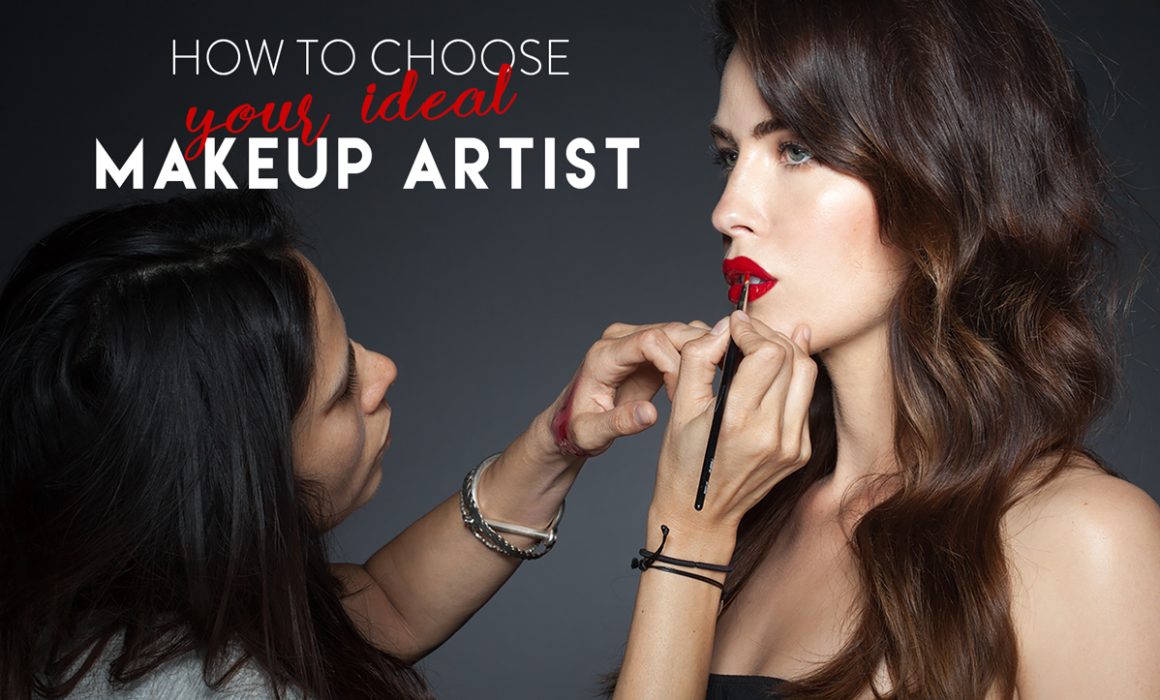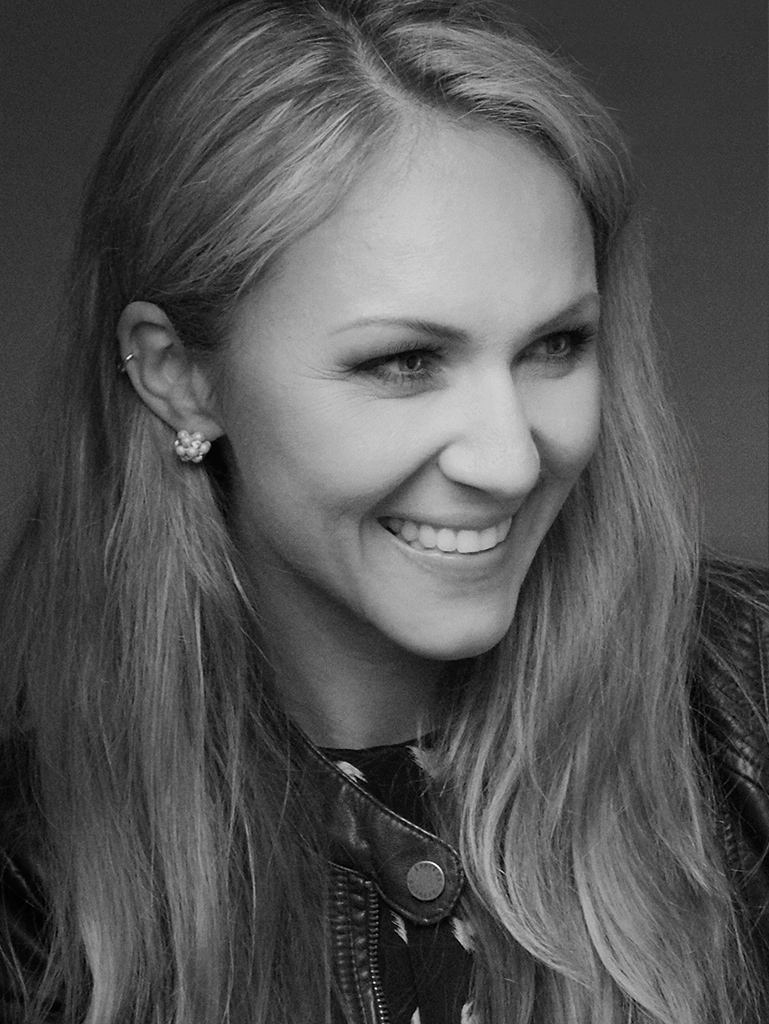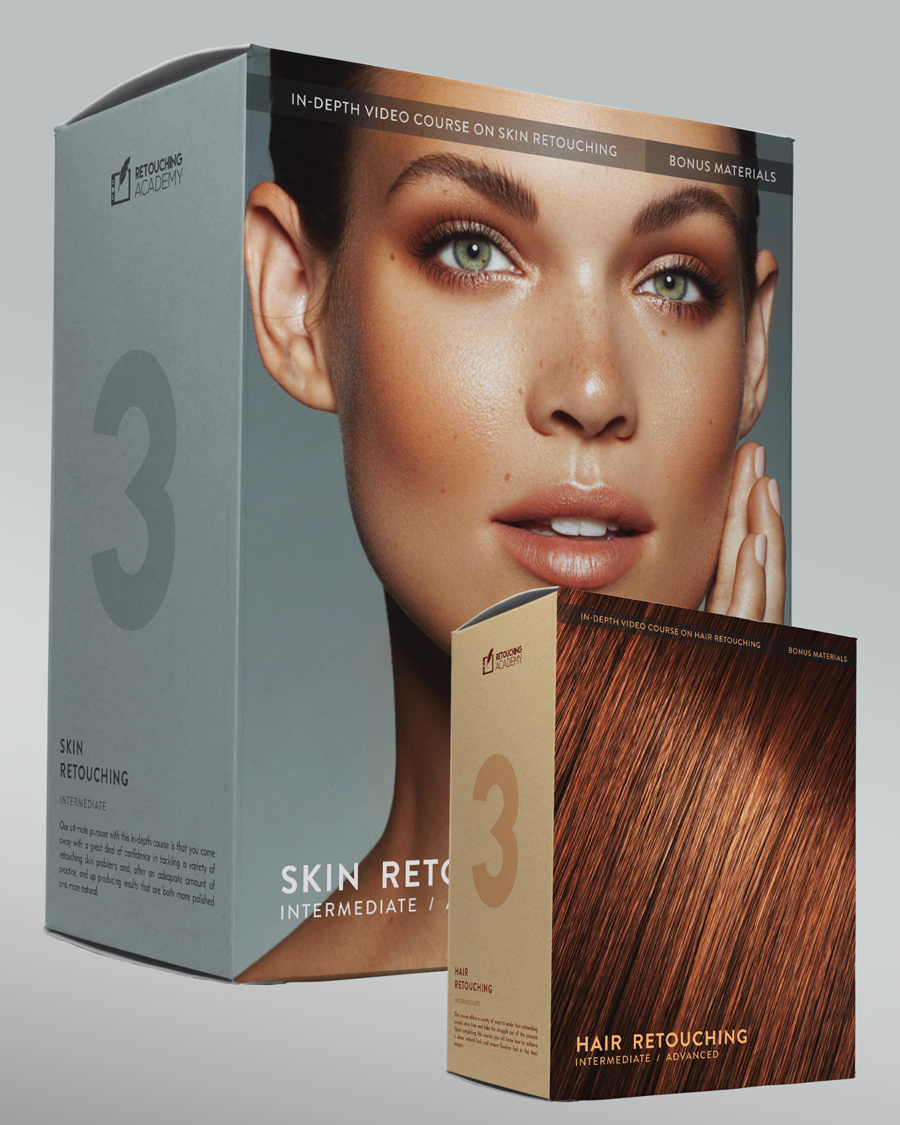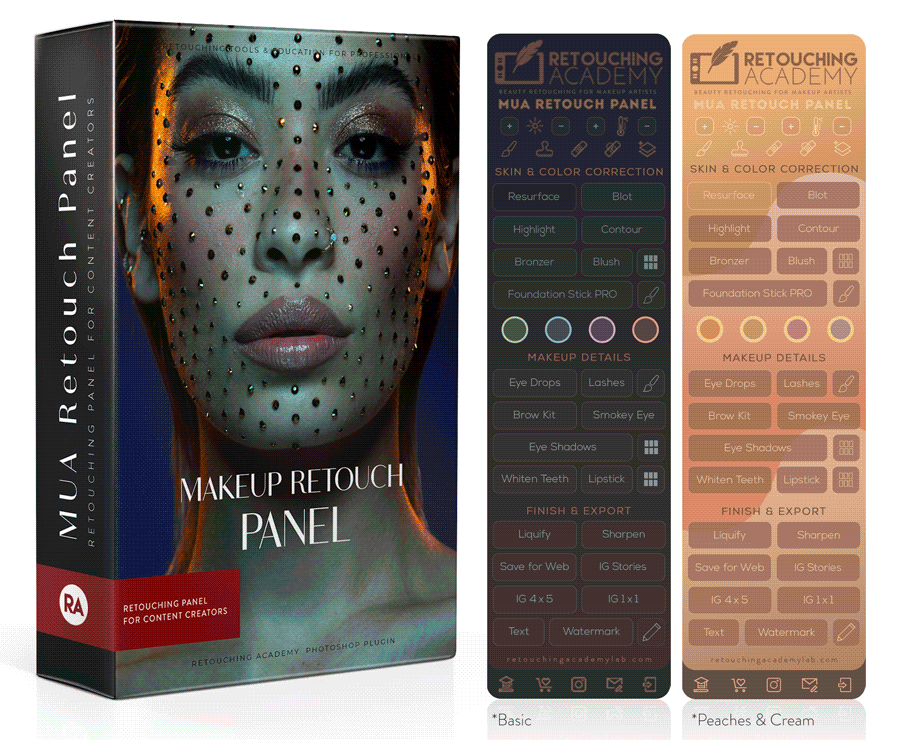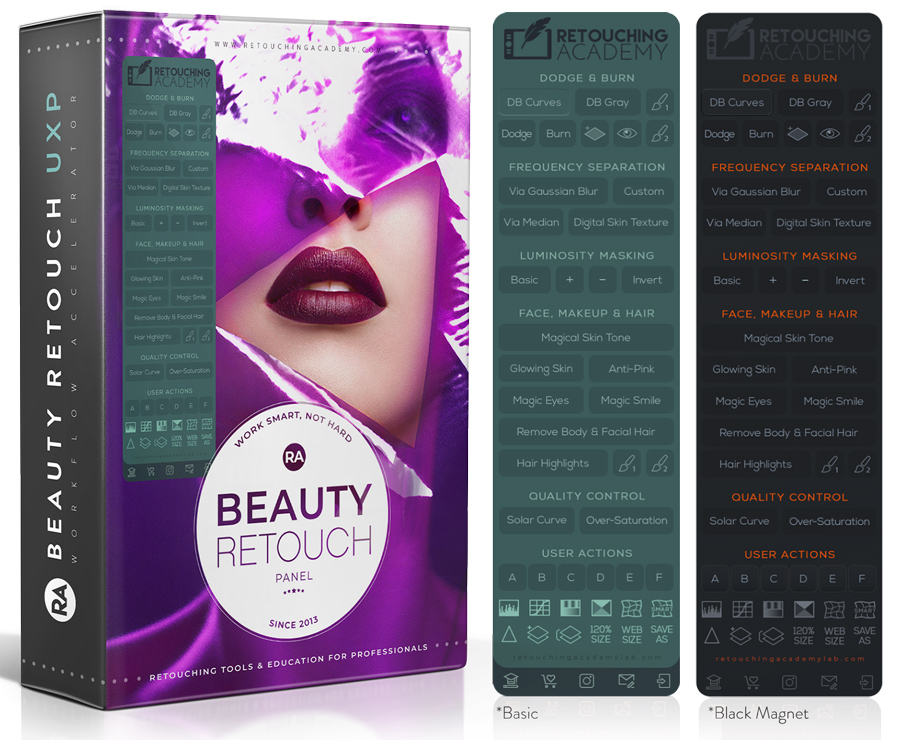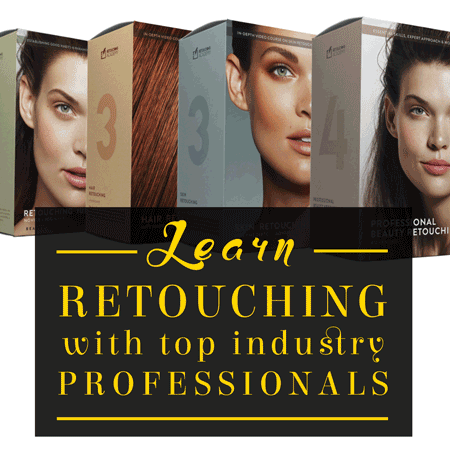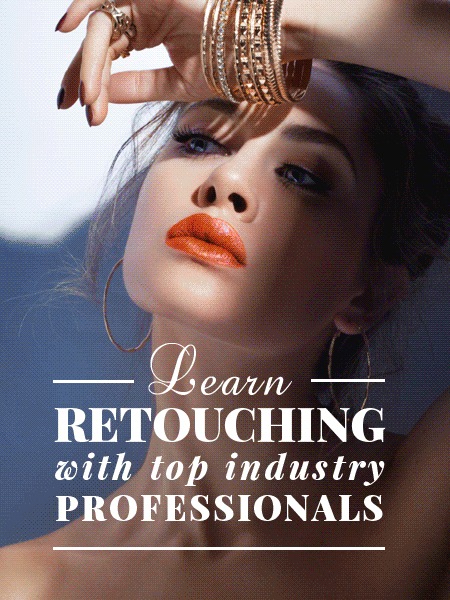8 Qualities of My Ideal Makeup Artist
After a decade in the beauty industry as a photographer and retoucher, 90% of my body of work is created with a handful of makeup artists I consider my ‘core team’.
With these creative professionals, I’ve done my best portfolio work as well as completed the largest and most complex commercial projects.
They are the artists with whom I experimented and learned the most, fine-tuning all aspects of my skills both in photography and retouching along the way.
While clear communication with everyone on set is necessary, nothing compares to the level of understanding between you and your makeup artist.
When it comes to the other team members, every photographer gets accustomed to dealing with different models in every shoot. Hairstylists’ and other creatives’ contributions to your beauty images are also important, but not as impactful as your makeup artist’s.
The synergy between the photographer and makeup artist is crucial in beauty photography.
Together we grew from $2-5K shoots to $50-80K large productions over a few years.
Going into substantial commercial projects with makeup artists you have not yet tested is risky and nerve-wracking, because the final result of the production is ultimately your responsibility as a photographer.
And even more so if you (and your retouching team) are also handling post-production.
Over the years working in Los Angeles, I have had plenty of wins and failures in choosing makeup artists to shoot with.
Testing (when you organize and fund the shoot rather than shooting for a client) is your opportunity to find more talented people to grow the pool of strong professionals to do personal (for your portfolio) and commercial work with.
Regardless of the commercial project’s brief, I’d rather bring in an MUA (makeup artist) I have shot something similar with, than work with someone I’ve never tested before.
The stakes are too high to gamble with your main team members for commercial shoots.
How Do You Choose Makeup Artists to Collaborate With
Like all creative professionals, makeup artists have stronger skills in certain genres in which they have the most experience.
Some are amazing at doing “no-makeup makeup”, while others have an eye for color, specific “wearable” or wildly artistic looks.
Through testing, you can find your talented gems and then leverage your synergy for commercial work.
It does become easier to identify what is important to YOU over time, and I hope that the list of professional and personal qualities of makeup artists that are important to me will help you formulate your own faster.
Here is what I am looking for in a makeup artist for my beauty photography team.
1. Communication Skills
A good MUA must be highly organized and have excellent communication skills.
In our fast-paced world, especially in photography where many people are involved in each project, timely communication is crucial.
While it is completely understandable that a working MUA will not have a chance to respond to texts quickly while on set, somehow the professionals whom I consider my “core team” manage to stay responsive, so it is possible.
Nobody expects an immediate response, but replying whenever you get a chance to check your messages is what all professionals do.
When a commercial VIP client is waiting on my agent, who is waiting on me to confirm whether my makeup artist is available for a shoot, if I don’t hear back from the MUA for many hours, I will have to contact someone else.
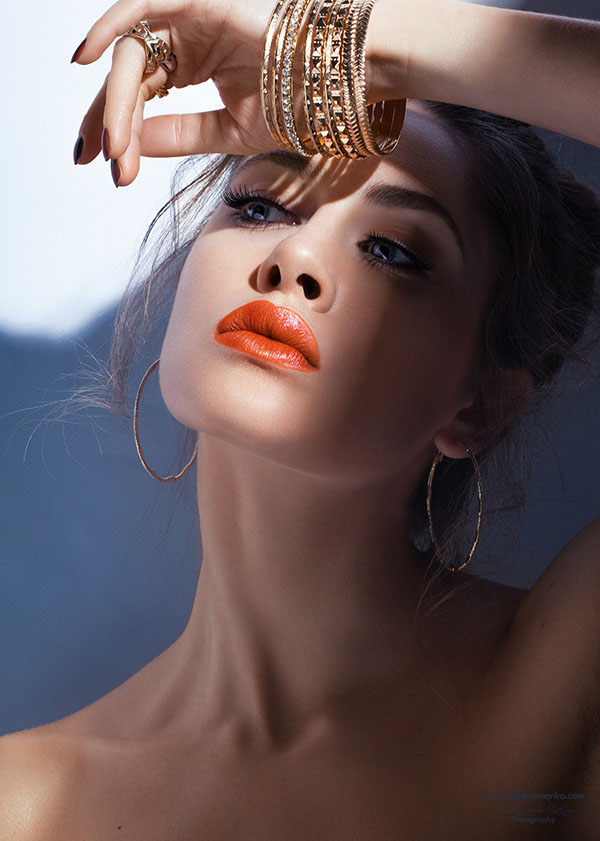
Hair: Geordie Nonlaimpiccheranno
2. Work Ethic, Punctuality, Reliability
Punctuality is essential.
While being 5-10 minutes late is almost a norm in big cities like Los Angeles (I once got stuck behind a dumpster truck on a one-way street on my way to an Urban Decay shoot 😬), anything beyond 15-20 minutes is problematic.
In big cities, arriving early is also important because parking is often a nightmare.
If you are running late for a commercial shoot – there’s always the primary contact’s phone number in the Call Sheet (make sure you have it in your phone before the day of the shoot) and let them know.
And again, my “core team” makeup artists are somehow always there at least 10 minutes before their call time regardless of how far or how early the shoot is.
3. Organized Kit & Super Clean Tools
The quality and organization of a makeup artist’s tool kit speak volumes.
It must be clean, with plenty of clean backup brushes and all the necessary disposable tools and products, especially for shoots with multiple models.
To me, an OCD-level of organization and cleanliness is a sign of a deeply considerate professional.
While using high-end products in their kit isn’t an indicator of talent, it often reflects a professional’s commitment to their craft.
Ideally, they use high-quality cosmetics products – that stuff goes on models’ faces, and beauty models earn their living with their looks.
You don’t want a poor girl to break out or, god forbid, get a pink eye after your shoot and end up being out of commission for a week. Her agent will also make a note of that, which may affect your relationship with the modeling agency.
This is just one of ways how a member of your creative team can indirectly affect YOUR professional reputation and connections.
That’s why you must choose your creative partners wisely.
4. Portfolio Genre & Quality of Images
Evaluate the quality of photography and makeup style in their portfolio before committing to shoot together.
Consider the quality of the images first. If they are of poor quality, it might signal that the MUA hasn’t worked with seasoned photographers, which may lead to potential unpleasant surprises in your collaboration.
Ensure their portfolio aligns with the type of photography you are shooting together.
Makeup application approach and products that are used for a beauty shoot – especially close-up or macro beauty – are VERY different from those used for in-person, bridal or “red carpet” events, and video production.
Assess the images that the MUA included in their portfolio and shared on their social media, as this reflects their creative decision-making and visual taste.
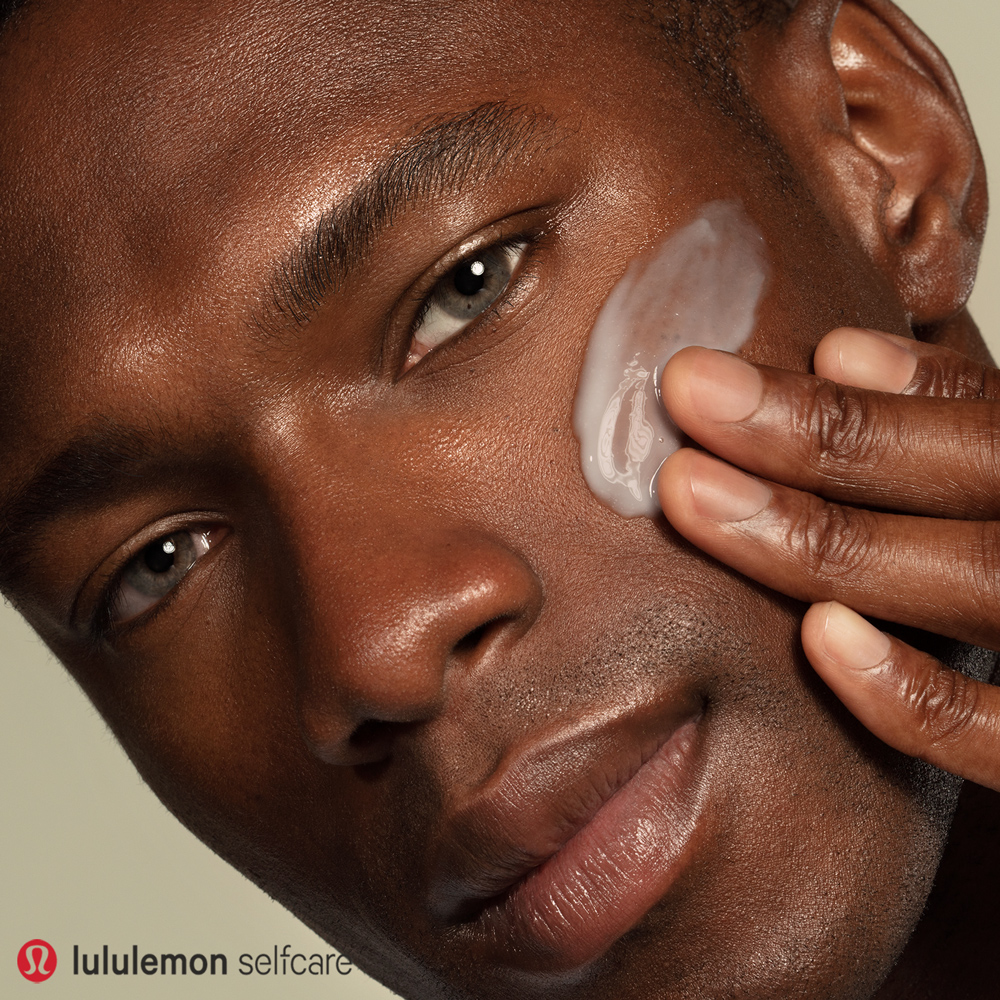
5. Ability to Execute & Their Creative Input
A great MUA should be able to offer creative suggestions, especially with areas you might have limited expertise in.
They should be well aware of the current makeup and fashion trends, innovative makeup products and tools to enhance your mutual projects and ideas.
In my opinion, a great makeup artist can execute your vision, but also get actively involved in planning the looks for your creative collaboration.
A knowledgeable MUA will understand the nuances of editorial looks and provide valuable input to improve your ideas.
6. Actual Makeup Work
The MUA’s work on skin is crucial for beauty photography – well-prepped skin should look flawless straight out of the camera.
Dewy skin, if that’s the brief, should look fresh and youthful, not oily or sweaty.
A great pro knows how to prepare a model’s face properly for the camera, starting with cleansing and skincare.
An experienced MUA also knows that it is much easier to fix a small blemish in post-production rather than restore lost skin texture under a layer of foundation, concealer, or powder.
Contouring, if needed at all, should be done tastefully and not the way it is done for in-person events or video production.
If you live in an area where you don’t have professional makeup artists to collaborate with, try my Makeup Retouch panel for Photoshop – that’s the digital “makeup kit” for your portfolio and social media photos. It comes with a free Photoshop Basics video course for non-retouchers and tutorials for each button.
I created the scripts for this panel based on the work I had been doing for beauty brands over the years.
And even if you shoot with pro makeup artists, achieving the client’s final vision in post-production usually requires additional color and makeup manipulations anyway.
7. Personality & Your Compatibility
This is probably one of the most important parts of your assessment.
Everything else may work out fine but if, for whatever reason, you don’t feel comfortable with the person during the shoot, it’s probably wise not to continue working together.
Small nuances that get in the way of your communication may reflect in the images.
The opposite may be true too – if you enjoy working and creating with a makeup artist, you can overcome any roadblocks and deficiencies together through candid communication.
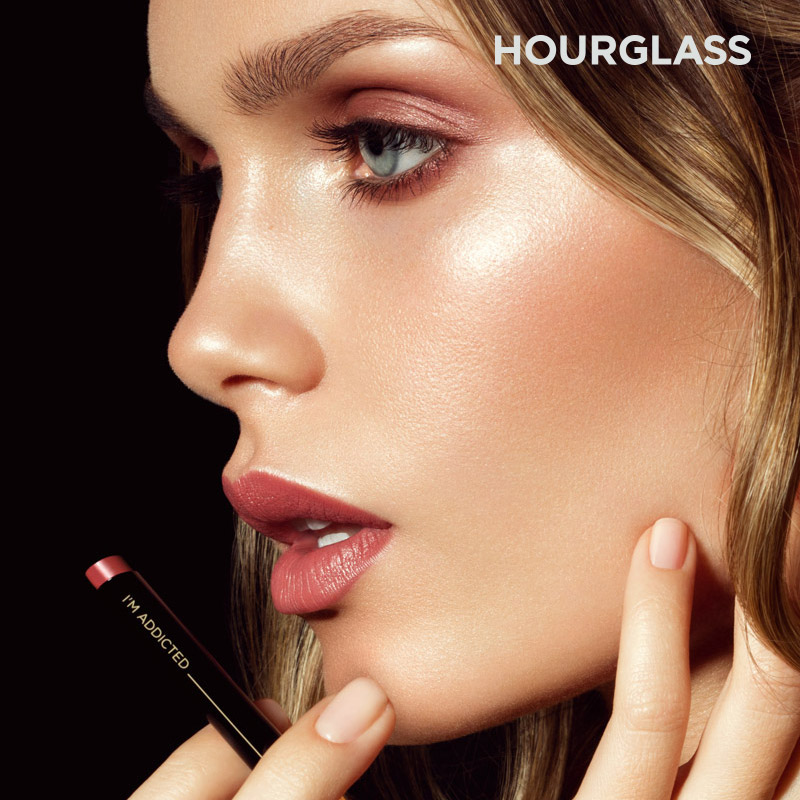
8. “Spot The Lazy Artist”
This bit is suggested by one of my all-time favorite makeup artists Lupe Moreno.
I asked my favorite MUAs if I was missing anything in my list above and Lupita brought up this valuable point. I am not sure how I missed this – probably because my colleagues are always at the top of their game.
“Lazy artists” reveal themselves when they get busy playing with their phone somewhere in the studio.
Instead they should be helping you on set, scanning each captured image for potential issues that they can fix right now and save you from retouching hell later.
If they don’t know this, or prefer taking breaks while you’re working, you may be better off excluding this disinterested MUA from your future projects.
A professional makeup artist knows that their job isn’t done after the model steps on set.
And you should always shoot tethered into a larger screen to give your team the opportunity to be of help during the shoot.
How We Begin Our Shoots
After I adjust the lighting, we take a few test shots to inspect the face in detail on the big screen, zooming in and checking the eye makeup, skin, brows, lashes, and lips to spot any issues that we can fix before we begin shooting.
What we see with the naked eye in the ambient light gets captured differently with a high-resolution camera sensor, a top-quality lens and under powerful studio strobes.
Sometimes, Lupe takes the model back to the makeup station to adjust some makeup details or colors.
This is done to minimize post-production time and effort, and it massively impacts the resulting images.
You can check out Lupe’s work and follow her page via the captions of the post below 😊
Throught this, we also both learn which details we need to double check before bringing the model to the set going forward.
There are a lot of things that the photographer must concentrate on during the shoot while watching the model through the viewfinder:
🔸 We must guide the model into flattering poses
🔸 Evaluate the composition
🔸 Lighting, distance, the depth of field
The amount of focus this work requires, makes it impossible to shoot and also watch the details in every captured image on the screen.
A responsible professional makeup artist is always there to help.
They will stay by the model, right outside of the frame (wearing black clothing to prevent color contamination in the images), and watch the details on the screen, jumping in – always audibly warning the photographer first – to fix any issues.
If you are shooting with multiple models, the makeup artist will have to attend to the other model’s face while you’re shooting the model #1.
Normally, the MUA will check the test shots with you to make sure everything is spot-on and you can proceed with shooting, and then go back to the makeup station to prepare the other model.
They will jump back in to check on the model’s face every chance they get too.
Final Thoughts
At the end of the day, of course, we often have to compromise and accept circumstances that are not ideal.
Being aware of these things, though, will help you find your creative “partner in crime” faster 😊
These are my personal conclusions, and if you have other things that came up in your experience as a photographer or makeup artist, I would love to hear them too!
And if you enjoyed this post, check this one out:
Or this one:
Featured image: BTS, Elizabeth Ulloa with Bridget of O Models on set.
